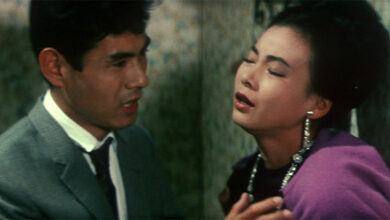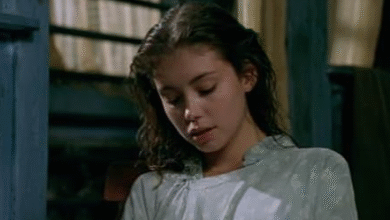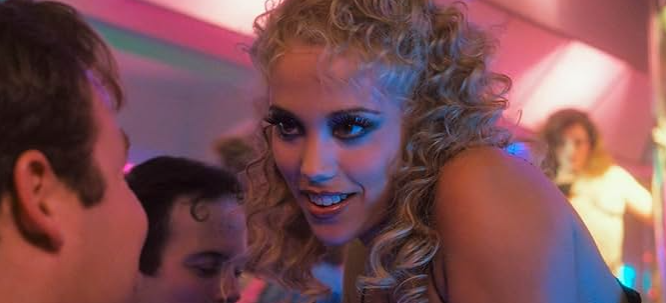
“Showgirls” (1995), directed by Paul Verhoeven, is a film that has transcended its initial reputation to become a cult classic — loved, debated, and rediscovered over the decades. Often remembered for its bold tone and visual intensity, the film is much more than its surface suggests: it’s a layered tale of survival, ambition, and the price of visibility in a world that consumes dreams as quickly as it sells them.

At its heart is Nomi Malone, played with fiery commitment by Elizabeth Berkley. She is not a traditional heroine — she’s raw, impulsive, guarded — but that’s what makes her journey so compelling. Arriving in Las Vegas with nothing but a duffel bag and a dream, Nomi is drawn into the competitive world of show business, where beauty is currency, relationships are transactional, and loyalty can be fleeting.

The film’s direction is intentionally provocative, using exaggerated style to highlight the performative and often exploitative nature of the entertainment industry. Beneath the flashy costumes and elaborate dance sequences is a story about identity — how people reinvent themselves, and what they risk losing in the process.
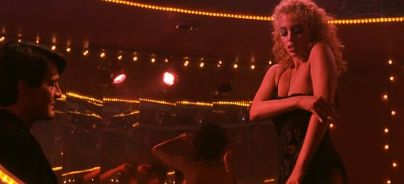
Though widely criticized upon release, accused of excess and sensationalism, Showgirls has since found a second life as a smart, subversive critique of fame, control, and female agency. It is unapologetic in tone, yet reflective in theme — and whether you love or hate it, it’s impossible to ignore.
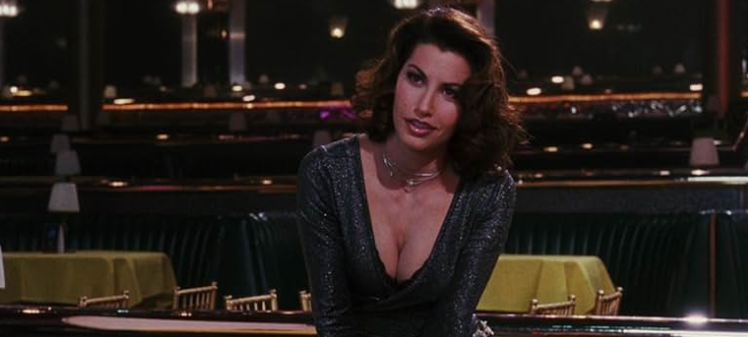
It’s a rare film that dares to depict not just the glitter of ambition, but also the loneliness behind the curtain. Showgirls remains a cinematic paradox — both flashy and haunting, exaggerated and truthful — and that’s what makes it endure.



